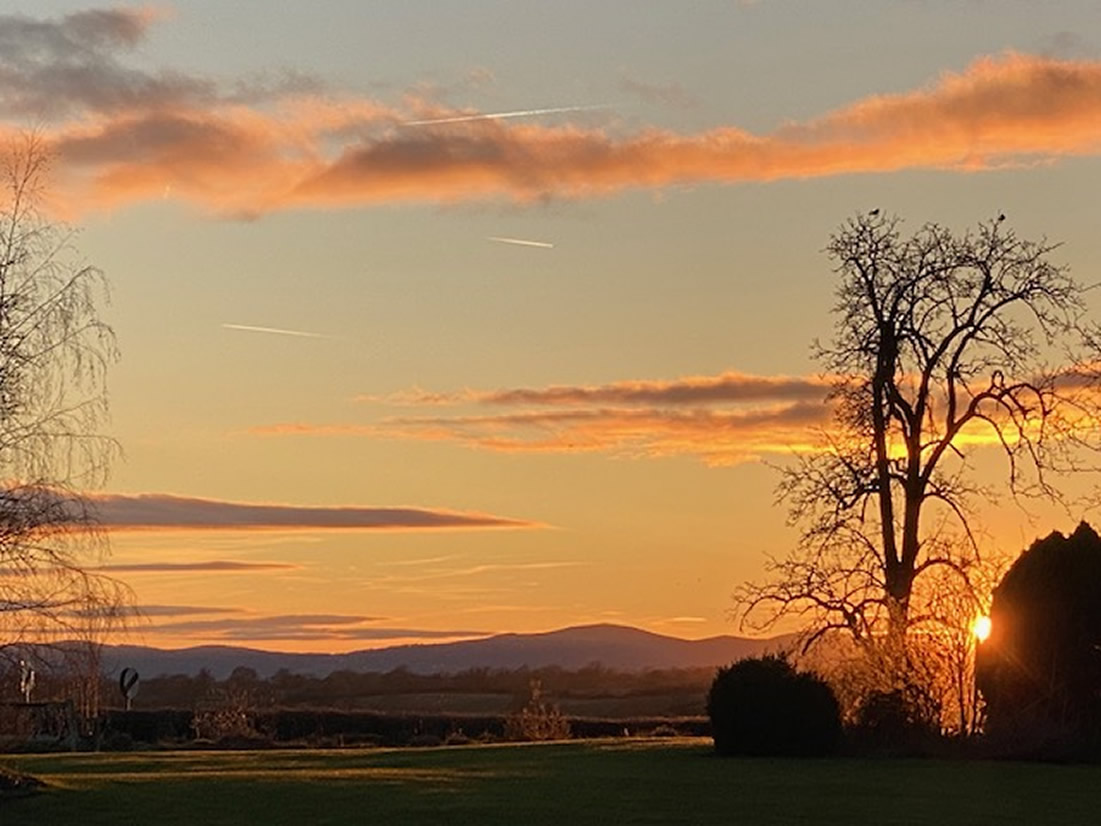J's Garden Notes - Spring 2023
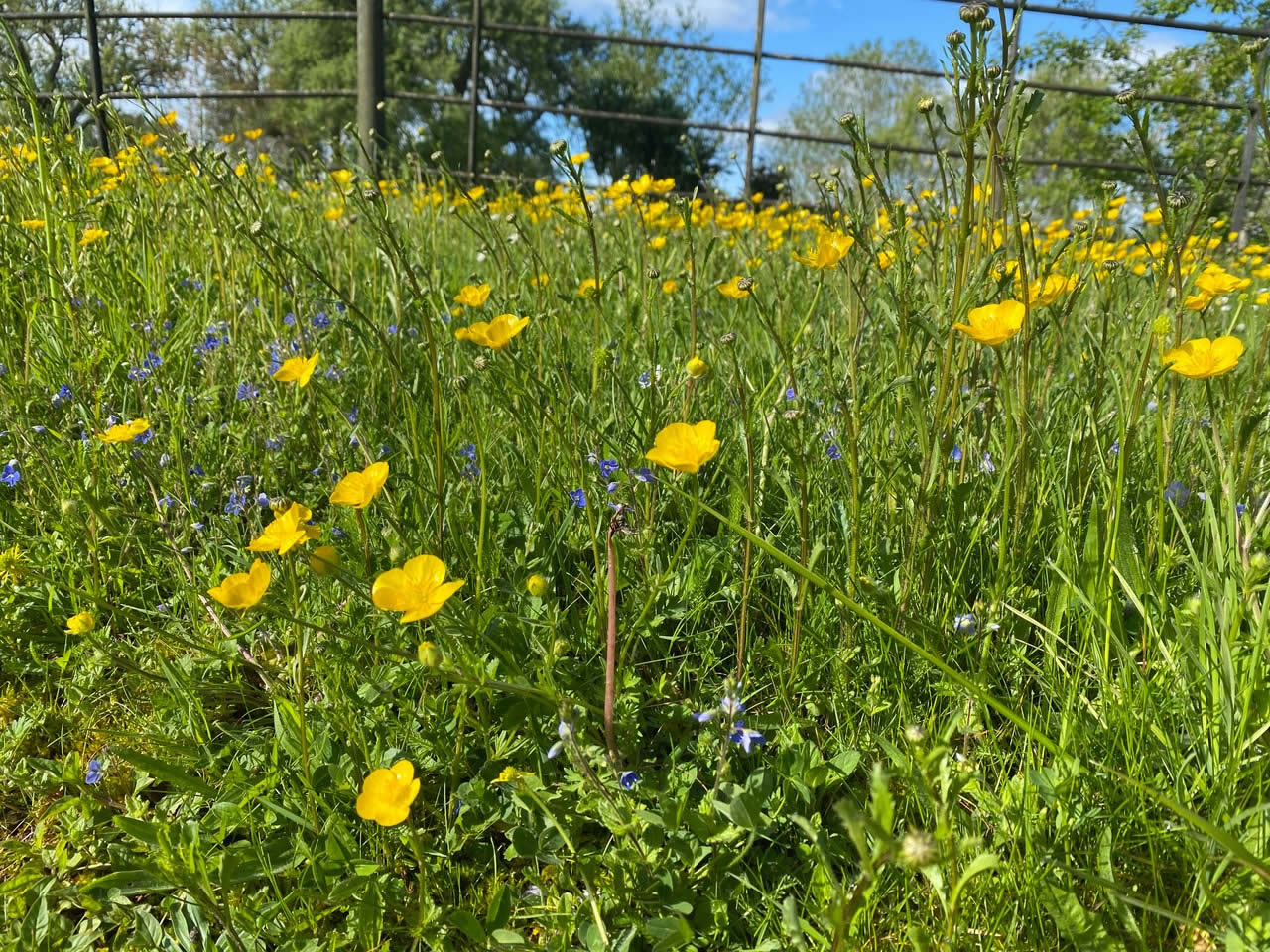
Encourage the Wild Within
Wildlife Gardens, ‘Wildlife Friendly’, Wild areas in your garden. We are all trying to be more welcoming to the natural life in our gardens. To live in harmony with nature. To find ways that are mutually beneficial.
Is this really a new thing? I think not. We are much more knowledgeable now about the damage the human race has inflicted, and continues to inflict, on our natural host. Gradually we are becoming more respectful and are realising that we all have a part to play in this recovery. This can be, and is, extremely enjoyable and mutually beneficial.
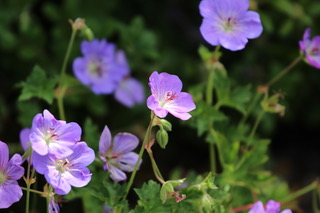 In this country, we are so lucky to still have a wonderful gardening climate – for food and for the beauty and tranquillity of a garden space. This allows us all to join in this ‘wildlife friendly’ realisation revolution. We can all use our own spaces or public spaces and allotments to grow food and to create natural areas to escape to for peace of mind and quiet. So important in this busy busy, stress filled world we live in today.
In this country, we are so lucky to still have a wonderful gardening climate – for food and for the beauty and tranquillity of a garden space. This allows us all to join in this ‘wildlife friendly’ realisation revolution. We can all use our own spaces or public spaces and allotments to grow food and to create natural areas to escape to for peace of mind and quiet. So important in this busy busy, stress filled world we live in today.
Creating these wonderful spaces is not, however, a new thing. Perhaps something the majority of us felt was just for those with large areas of land or deep pockets, or both. This does not need to be. We can all benefit – however large or small. We have a wealth of knowledge to tap into and now a real desire for change and for involvement. For generations gardeners and designers have worked with the natural landscape to create the land of the future. We are now beginning to feel that we can all take part in that in our own way, and in doing so we will do our bit to re-establish harmony with the natural world and safeguard the land for future generations.
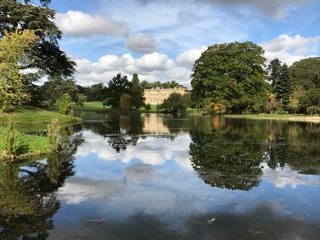 Concentrating on the grass roots of the ‘gardeners’ of our time, thinking of the most recent centuries, and the true greats of garden and landscape design in that period; the people that stand out for me are those such as Capability Brown and Humphry Repton in the 18th century, Gertrude Jeykll and Thomas Mawson in the 19th, Beth Chatto and the late Lady Salisbury in the 20th through to amazing designers of today such as Arne Maynard, Rupert Golby and Tom Stuart Smith to name a few. Every one of these created and continue to create sympathetic and beautiful garden spaces, working with the landscape and the natural world to capture its beauty and its benefits whilst making it welcome within it.
Concentrating on the grass roots of the ‘gardeners’ of our time, thinking of the most recent centuries, and the true greats of garden and landscape design in that period; the people that stand out for me are those such as Capability Brown and Humphry Repton in the 18th century, Gertrude Jeykll and Thomas Mawson in the 19th, Beth Chatto and the late Lady Salisbury in the 20th through to amazing designers of today such as Arne Maynard, Rupert Golby and Tom Stuart Smith to name a few. Every one of these created and continue to create sympathetic and beautiful garden spaces, working with the landscape and the natural world to capture its beauty and its benefits whilst making it welcome within it.
Working in the world of garden antiques has treated me over the years to see some truly beautiful gardens across the United Kingdom. It has been a very real privilege and pleasure to have seen these - large and small.
In the days of Capability Brown, ‘naturalesque’ was the word often used to describe a landscape in tune with nature. He designed huge swathes of parkland and estate and his vision was so far into the future he would never have expected to see the final piece in his lifetime. What a gift that was to future generations. Much of our most valued and most beautiful estates and parklands are down to his handywork and vision. What an incredible man. Humphry Repton took it a stage further and created spaces where nature was more controlled. His designs worked sympathetically with, and embraced the very best of the natural world in a garden setting, with the addition of flower borders and separate and varied garden spaces.
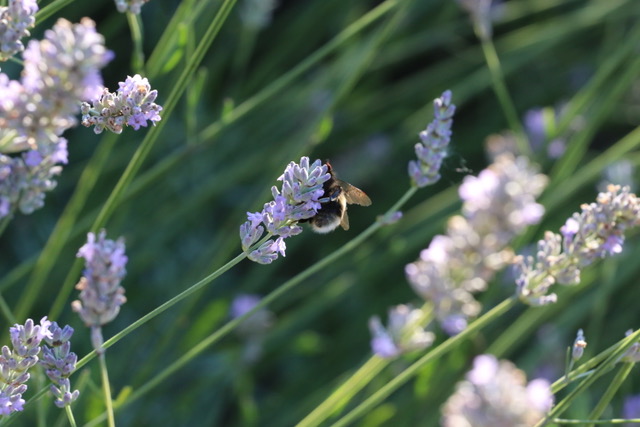 It is no secret that I have always loved and admired the work of the late and very special, Lady Salisbury. Hatfield House was very close to where I grew up and my mother was a Garden Guide there. I loved and spent much time there in admiration of her skill. I have still yet to visit another of her very special properties, Cranborne in Dorset, but already feel I know it and will love it when I do. I have just learned that Cranborne was a huge inspiration to Arne Maynard and that does not surprise me at all.
It is no secret that I have always loved and admired the work of the late and very special, Lady Salisbury. Hatfield House was very close to where I grew up and my mother was a Garden Guide there. I loved and spent much time there in admiration of her skill. I have still yet to visit another of her very special properties, Cranborne in Dorset, but already feel I know it and will love it when I do. I have just learned that Cranborne was a huge inspiration to Arne Maynard and that does not surprise me at all.
The ‘naturalesque’ approach to gardening has always been my way. Partly by design - my love of nature and a more natural feel - and partly just life getting in the way and my garden having to fend for itself! Survival of the fittest a bit! I feel honoured and proud if wildlife finds it can make its home in our garden and I strive to continue to make it as ‘naturalesque’ as I possibly can for them.
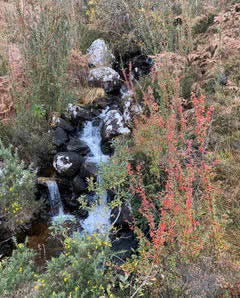 It takes some skill to re-create a beautiful natural space. A brook created to appear to be as if it has always been there is the most intricate, difficult and admirable thing to achieve. It sounds simple but certainly is far from it.
It takes some skill to re-create a beautiful natural space. A brook created to appear to be as if it has always been there is the most intricate, difficult and admirable thing to achieve. It sounds simple but certainly is far from it.
Many years ago I took a course in Garden Design led by Delphine Hill in Hertfordshire. She introduced me to the rules of nature’s balance and design - things that I had not particularly thought of but were obvious when pointed out.
Two simple things stand out for me.
Balance
The basis of all good design - If you see a space that is pleasing to you, take another look- break it down and you will see it works with the 1 third/2 third rule of natural design. This is the same at all levels and with all sizes of space. A tiny garden with maybe 2 thirds gravel/patio and 1 third flower border or pool works. Split the area up into halves or quarters and it simply won’t. It does not feel right, the balance is wrong. Simple - its nature’s way.
Shapes – Curves
Circles and curves in a garden create space. Long thin gardens are transformed by including curves into the layout. Moving your eye gently through the space. This is very true with the layout of our stand at the Chelsea Flower Show too – a gentle meander through the stand is what we work very hard to achieve.
Meandering brooks are a real pleasure to see. They move and change the space. Straight, manmade canals are far less pleasing, however can give a halt to a space, a peace and a stillness. More formal. It is, of course, all down to the effect you want to create.
If you would like the more natural feel, calm and pleasing – curves are the way to go.
Hidden, quiet areas can be created with still water pools. Softly shaped pools are always more pleasing than straight sided ones, continuing this theory.
If we adopt these simple rules we can all be successful designers of our own spaces. We can gain such contentment and pleasure from getting the balance right, we do not need to fight it or control it but work in harmony with it. We can all be gardeners in our forgiving climate, we can all be designers too and we can all embrace the beauty of nature and live more harmoniously within it.
All that is good in the world is from nature and eventually we will all be absorbed back into it. Nature is the constant and will prevail. The wise will work with it and learn from it.
Quiet nights of quiet stars
Quiet chords from my guitar
Floating on the silence that surrounds us
Quiet thoughts and quiet dreams
Quiet walks by quiet streams
And a window looking on the mountains and the sea
Song by Ella Fitzgerald
Chelsea Flower Show 2023
Tuesday to Saturday
23rd to 27th May 2023
We are really looking forward to showcasing our 2023 collection in May. We are in our usual position in Southern Row. Near to the Bull Ring entrance, off the Embankment.
The number of our stand is different this year but it is in the same position. Don’t be confused. We are SR/144.
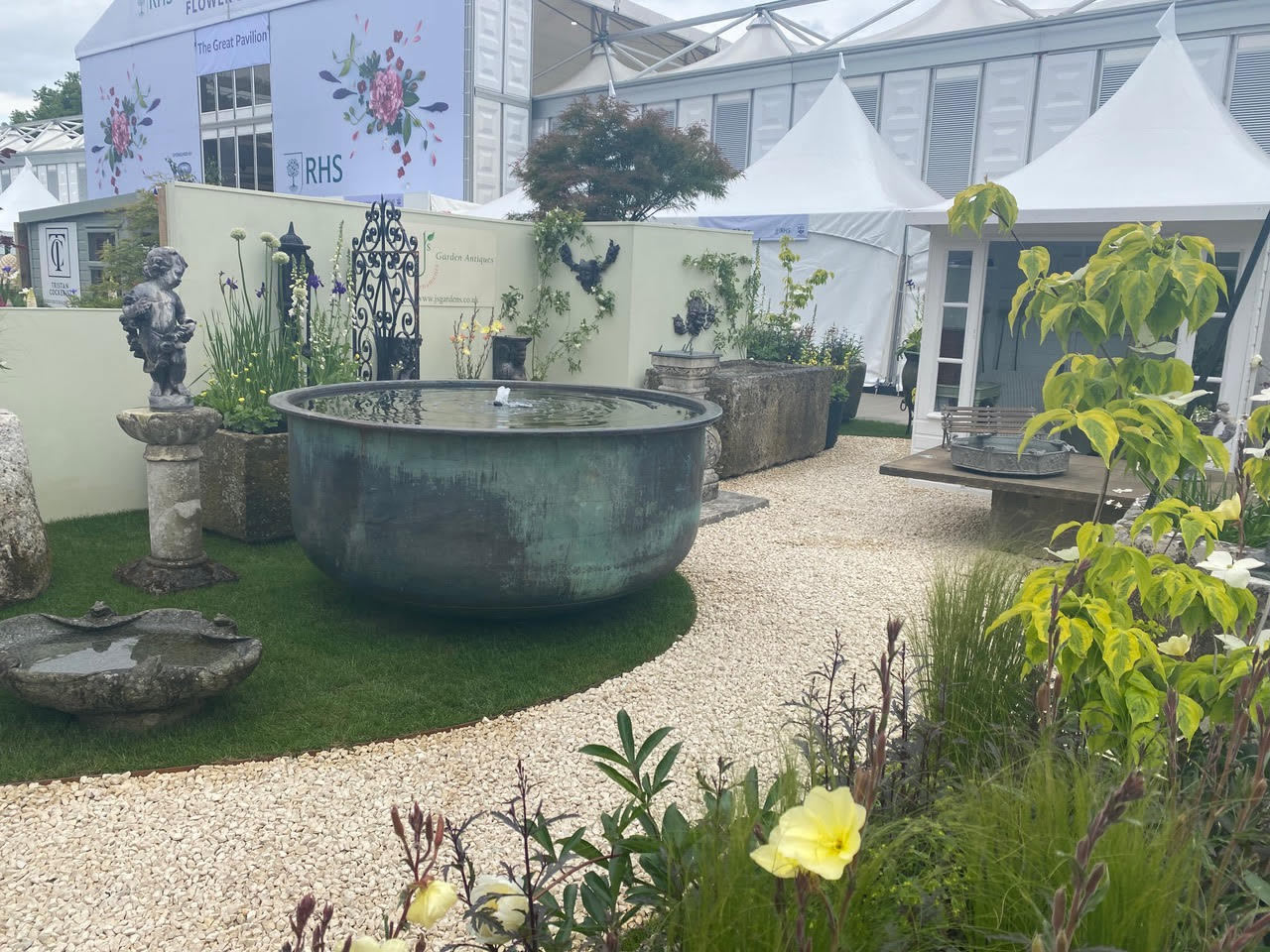
Water Spouts
We are lucky enough to have a lovely collection of stone troughs at the moment - large and small, English and French. Many of these lend themselves to being set up for water and with that in mind we have a fine selection of water spouts to team up with them.
Lion heads are very popular. We have two at the moment. A really large and handsome lead lion head spout from late 19th / early 20th century. English and a lovely and very unusual terracotta lion head spout from Madrid in Spain. Early 19th century. Really special.
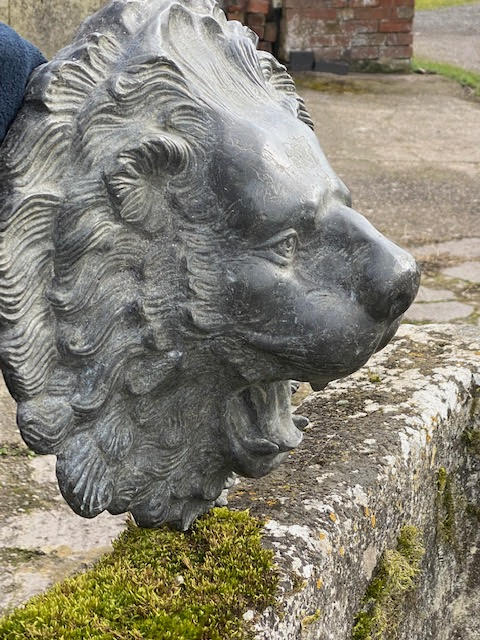
And then there are a very handsome collection of lead pump hoppers. Always great as simple water spouts. Some floral and some more formal. Long spouts making the water delivery good too.
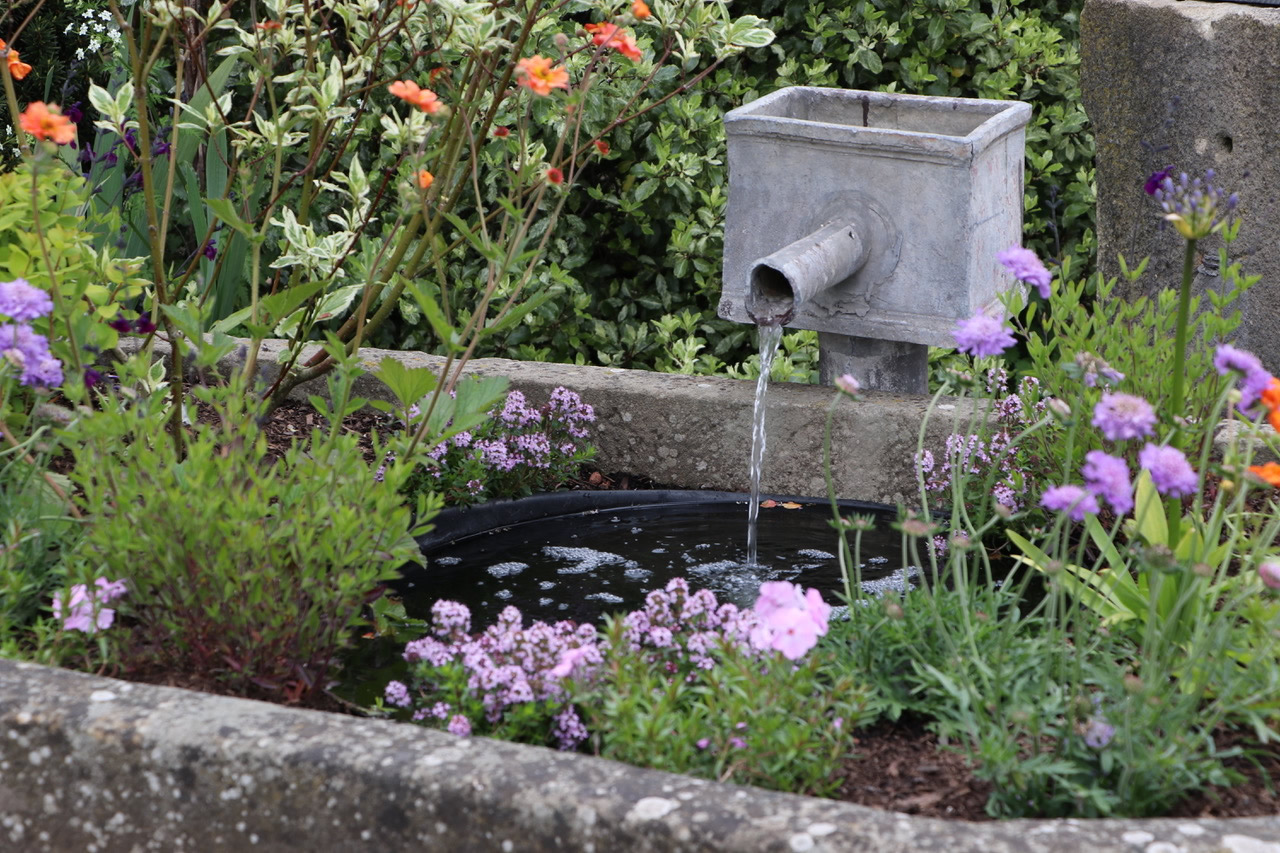
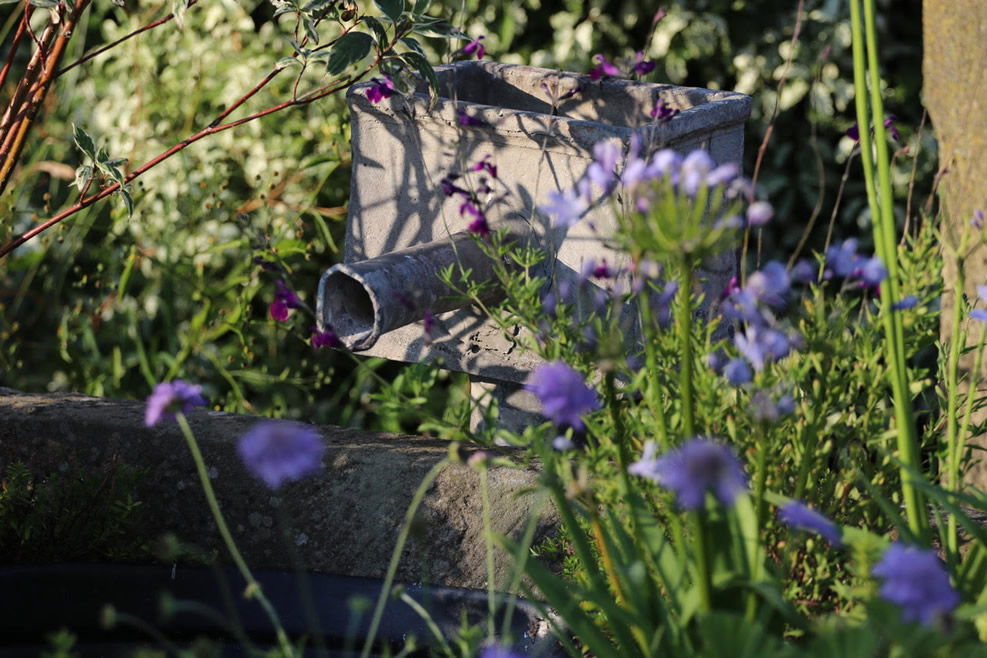
We like………………
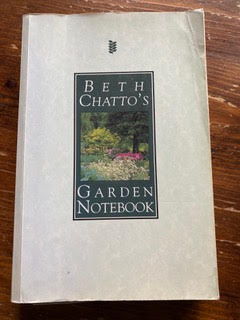 If you have never been to Beth Chatto’s garden in Essex it is a must
This little Garden Notebook has been at my side for decades now - Full of fantastic, down to earth, tried and tested advice on a month by month basis throughout the year.
If you have never been to Beth Chatto’s garden in Essex it is a must
This little Garden Notebook has been at my side for decades now - Full of fantastic, down to earth, tried and tested advice on a month by month basis throughout the year.
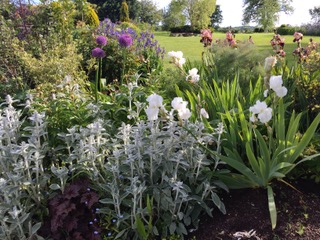
Making a Very Grand Entrance
Portland Stone Lion Head Finials
From the north of England, these are really beautiful and particularly special. Large scale and in great condition partly due to being Portland stone - such a strong, hardwearing and dense limestone.
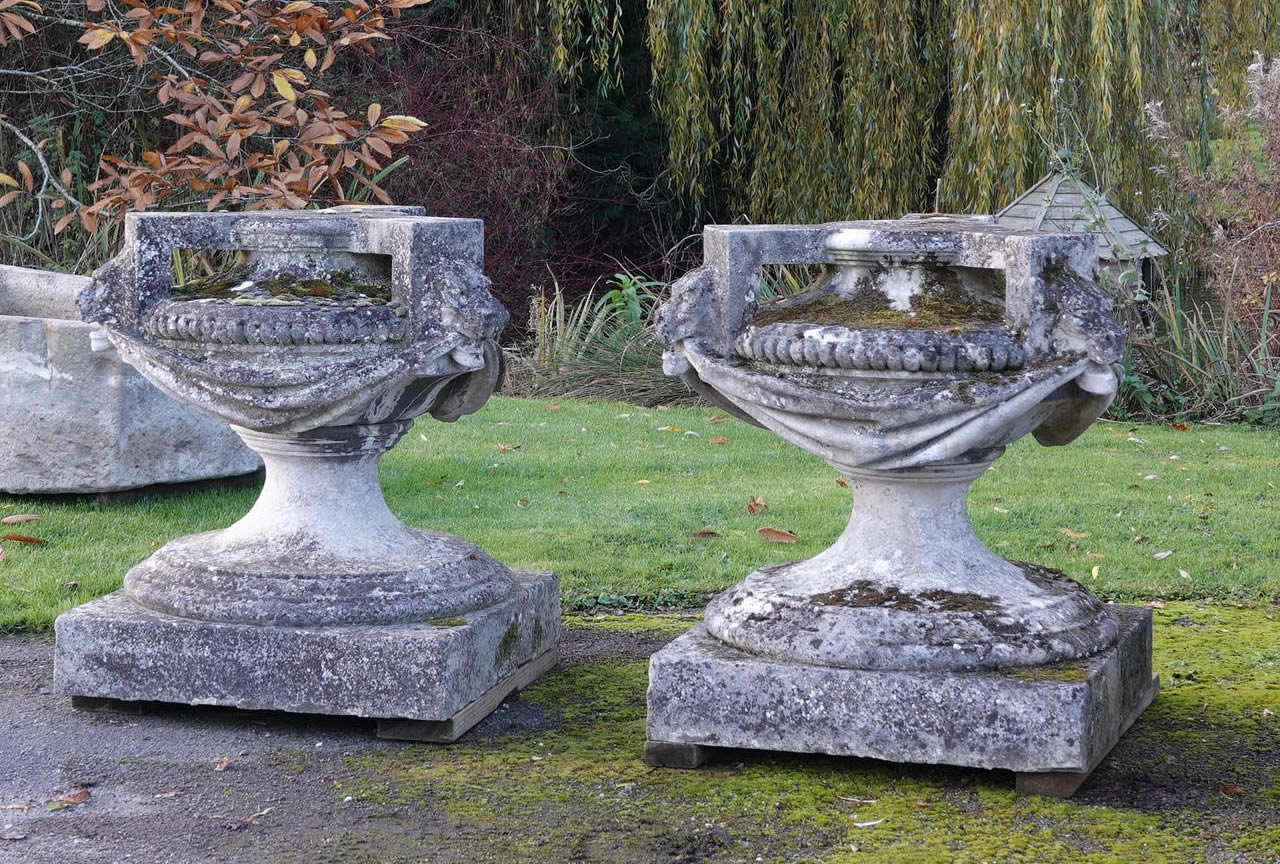
And finally…………
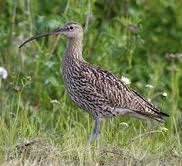 For something completely different. Until this week I had not realised how at risk the wonderful curlews are in this country. A bird that I had always thought of as a wetland bird, I found actually breeds in the hay fields further inland. One of those places is Worcestershire. It is a joy that Worcestershire still does have a landscape full of hay fields and river floodplains which are good for curlews, however with the ‘progress’ of time and modern farming methods, prevalence of natural predators etc. this bird is in real need of our help to survive.
For something completely different. Until this week I had not realised how at risk the wonderful curlews are in this country. A bird that I had always thought of as a wetland bird, I found actually breeds in the hay fields further inland. One of those places is Worcestershire. It is a joy that Worcestershire still does have a landscape full of hay fields and river floodplains which are good for curlews, however with the ‘progress’ of time and modern farming methods, prevalence of natural predators etc. this bird is in real need of our help to survive.
The Wildfowl & Wetland Trust have an initiative to try and monitor and help this situation. The Severn & Avon Vales Flourishing Floodplains Initiative. We can help too.
Interested farmers are leaving hay cutting until late in July or at least leaving areas of hay fields for the fledgelings to escape to.
These birds lay eggs in late April, they hatch in late May and fledge in late June. The fledglings if disturb go to ground and are therefore caught up in a hay cutting exercise. With all the natural predation that also happens these birds need as much help as we can offer.
If walking in grassland fields please keep to the footpaths. It is not always about sheep or cows, wildlife will benefit too. You may disturb a precious ground nesting bird trying to breed. Thank you.
